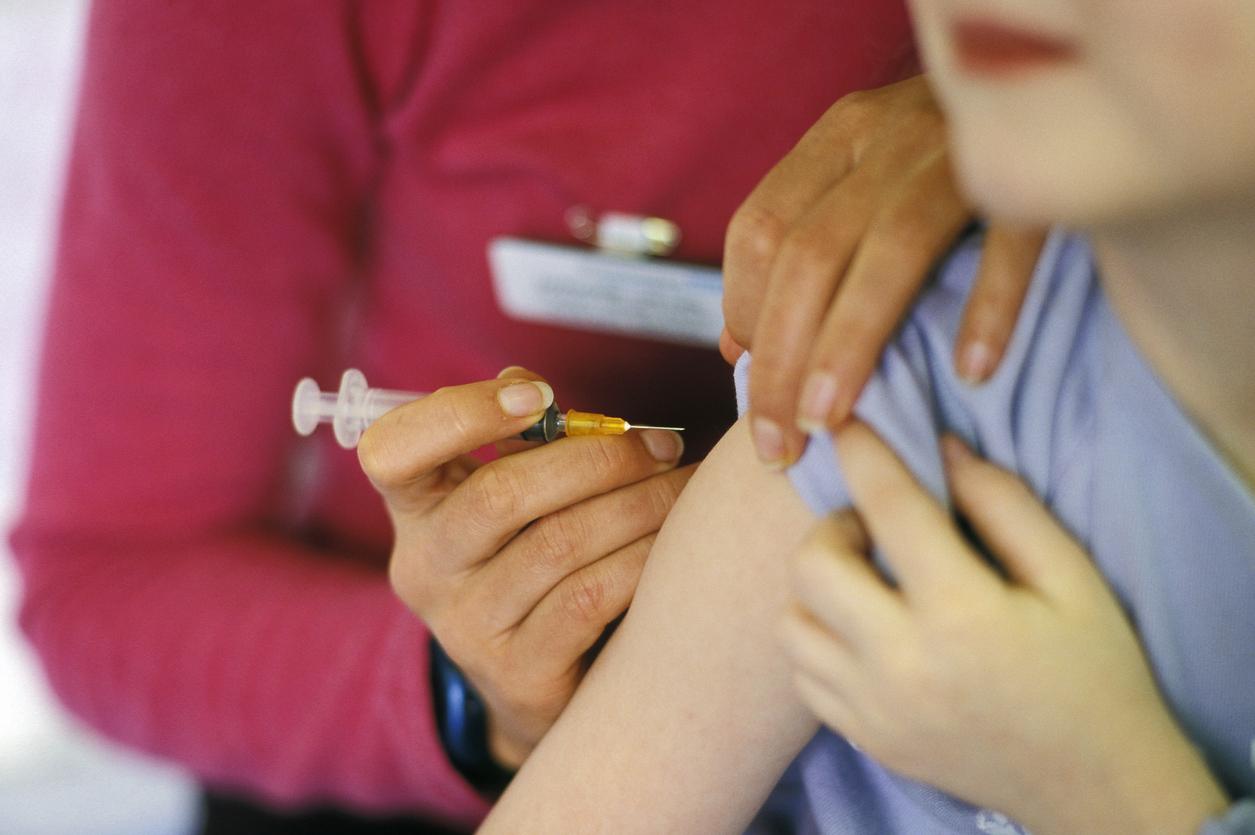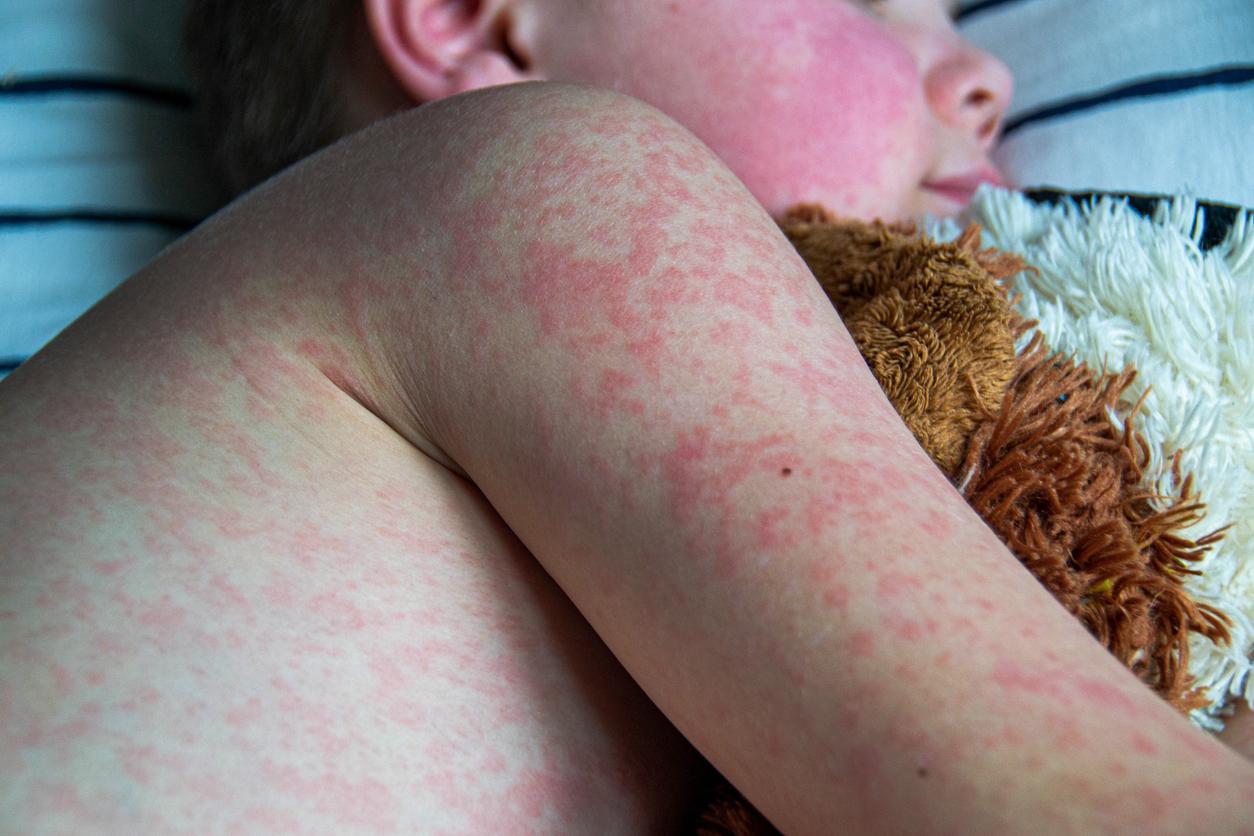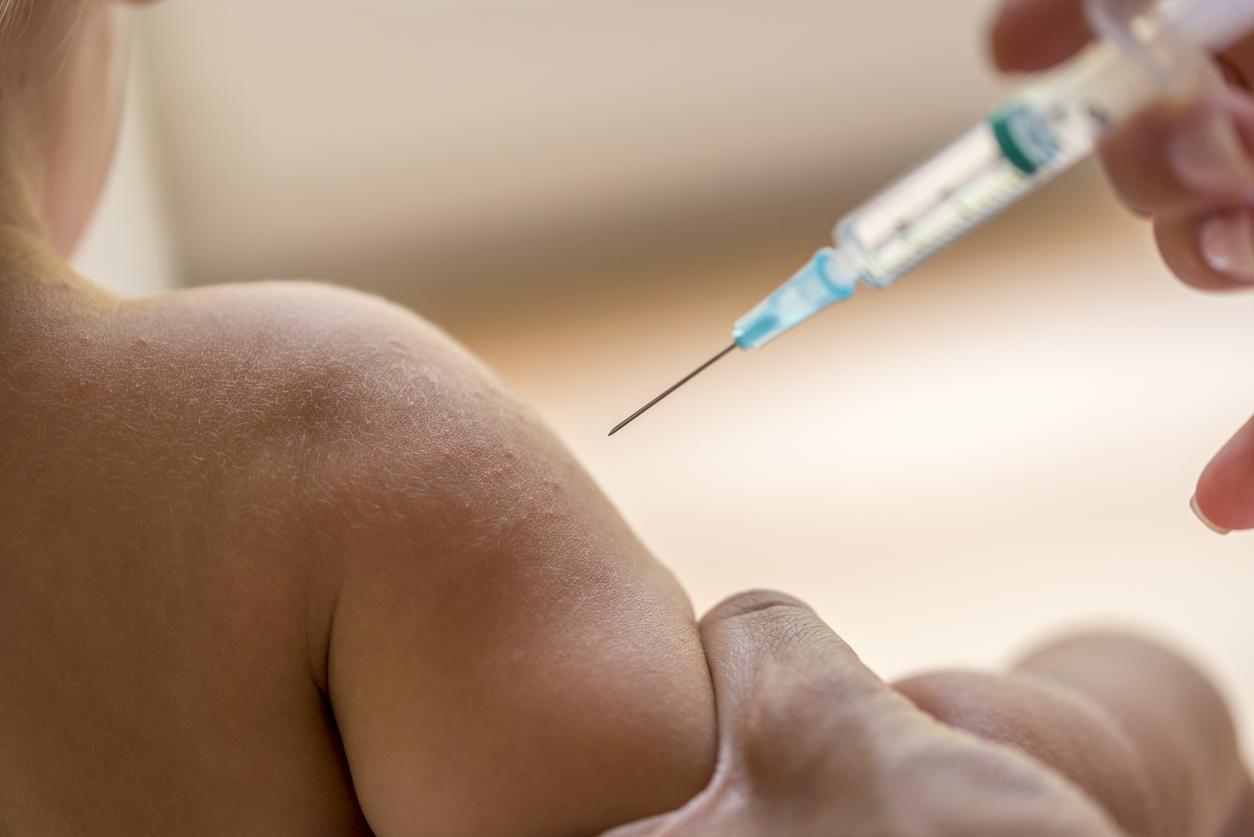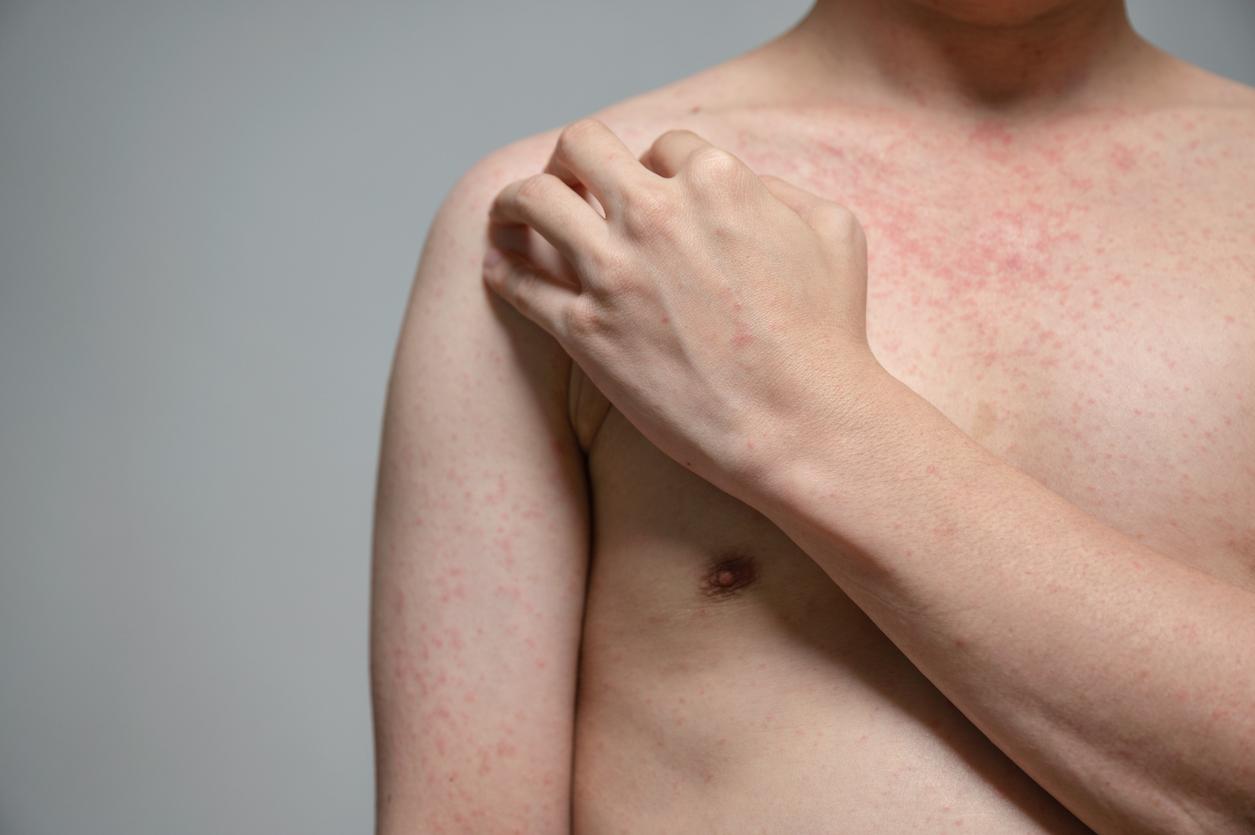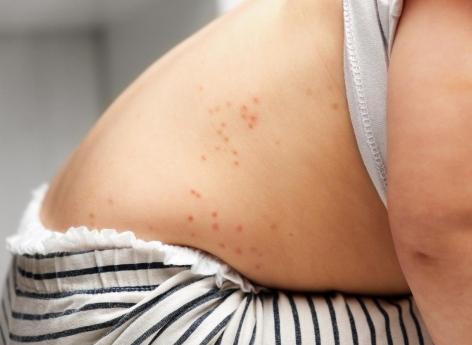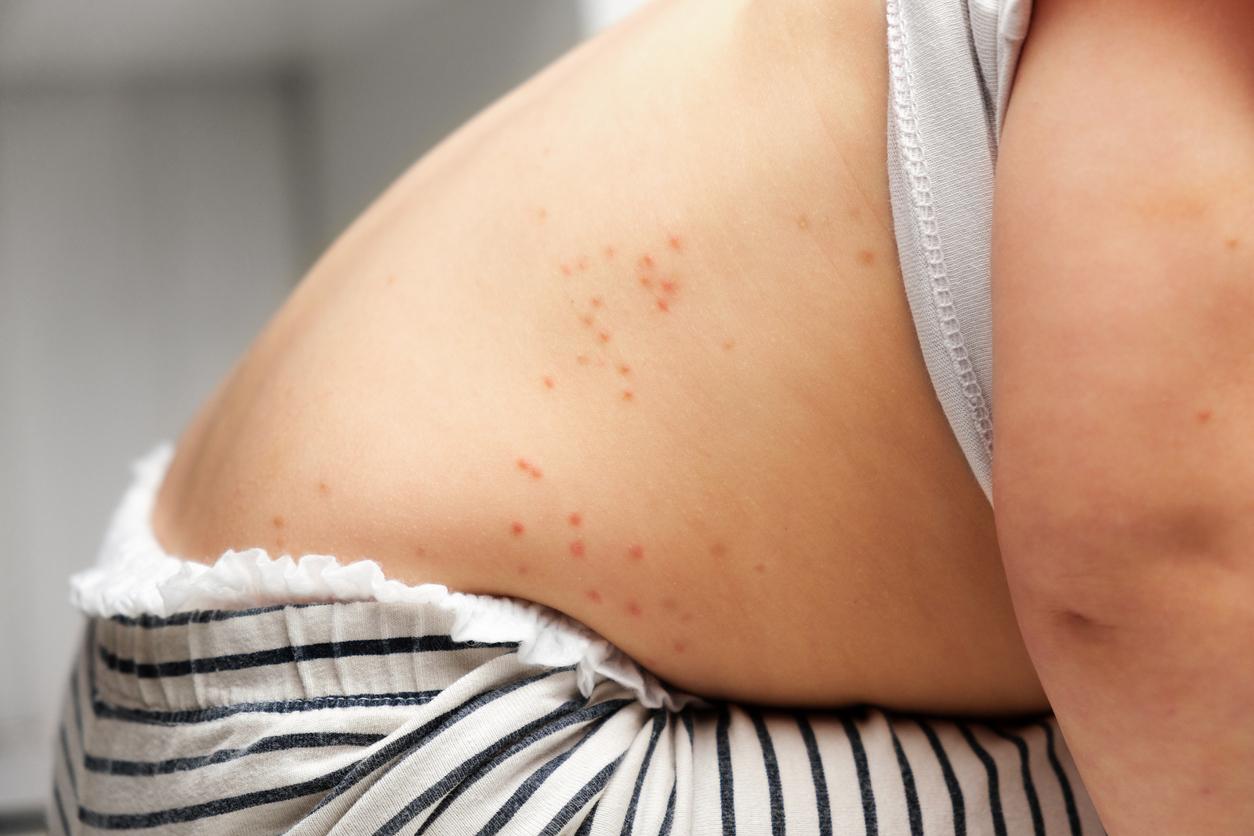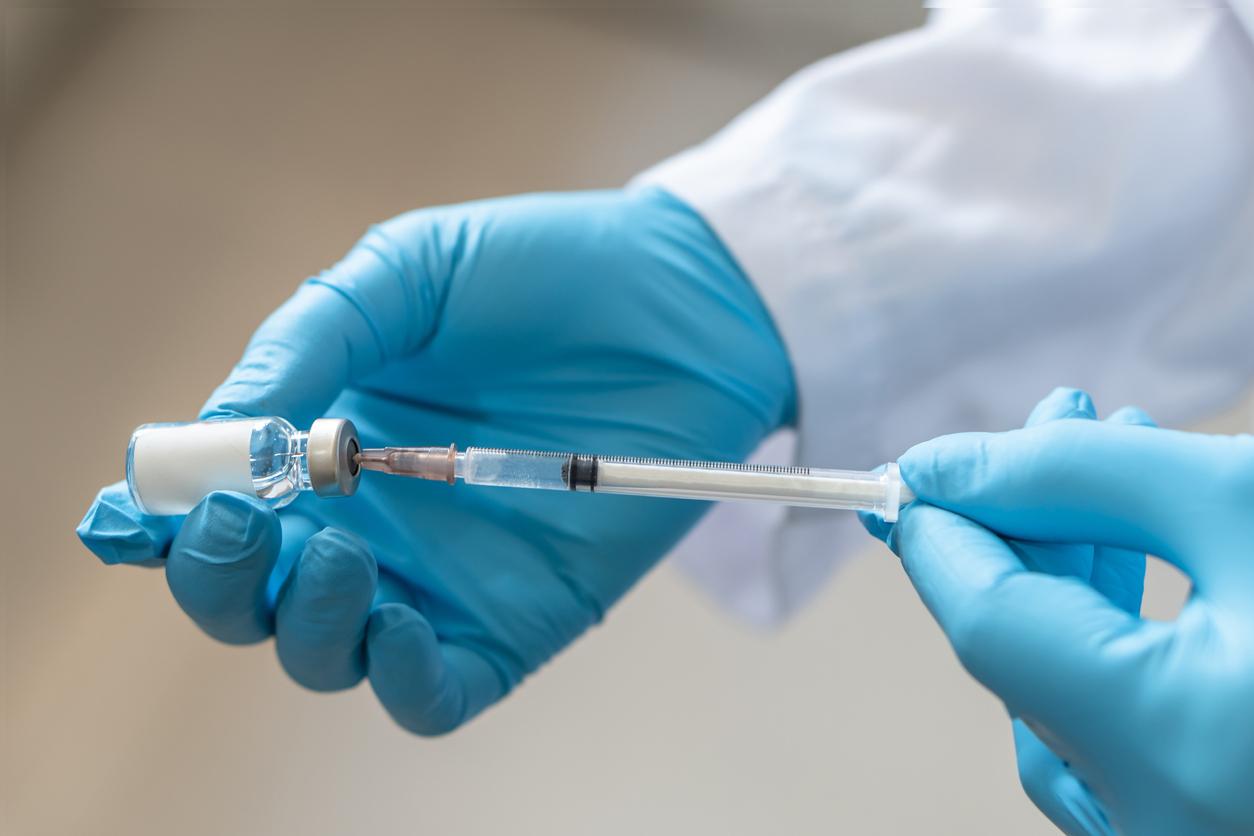The resurgence of measles forces us to know the symptoms to seek medical attention quickly and limit the spread of the virus.
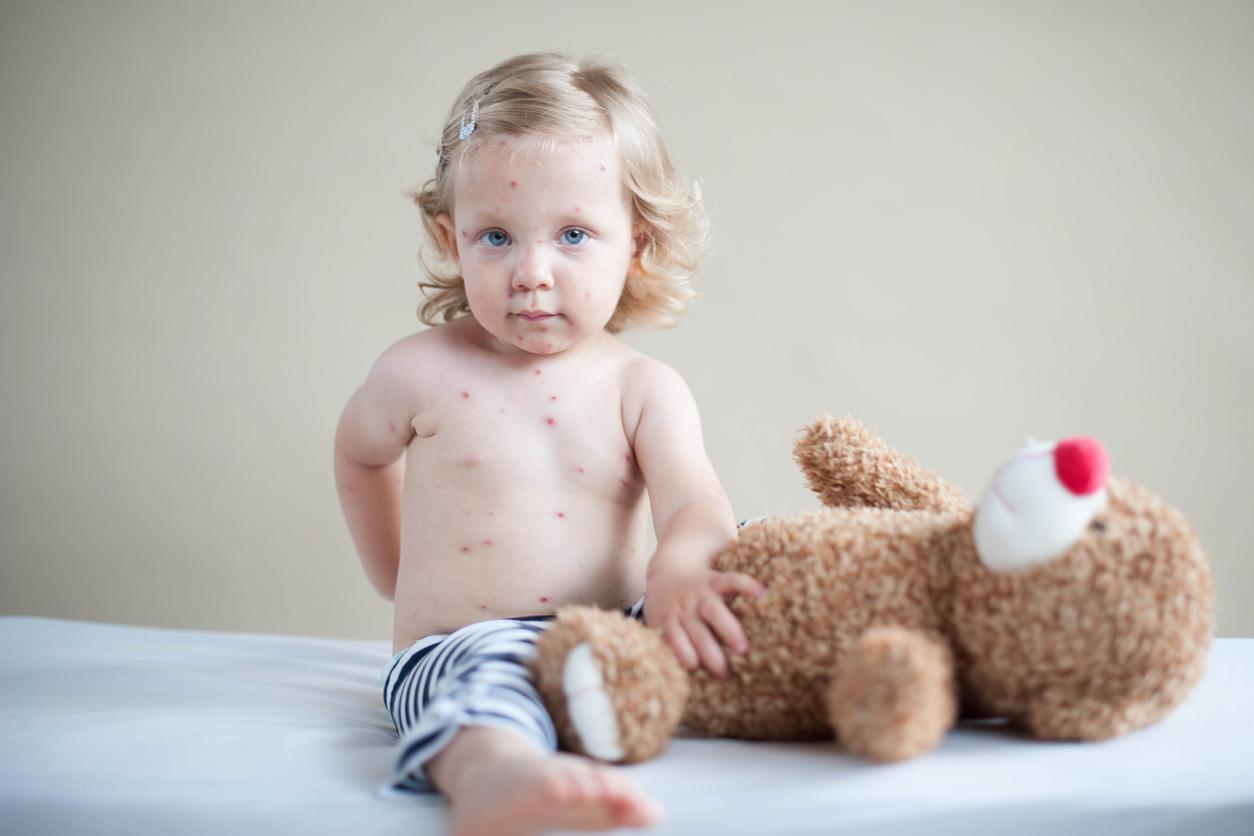
- Measles is a viral, rash and highly contagious disease.
- There is an upsurge in cases linked to the low level of vaccination coverage.
For several years, health authorities have been concerned about the increase in measles cases. In France, as in many other countries, insufficient vaccination coverage is to blame, in particular because of mistrust of the MMR vaccine, which researcher Andrew Wakefield accused in 1998 of causing autism.
Despite more than 20 years of extensive epidemiological studies showing the opposite, general scientific consensus, and evidence of scientific fraud by the “researcher”, the public remains divided on the issue of the measles vaccine. The vast majority of measles cases occur in unvaccinated or poorly vaccinated people.
Measles, a highly contagious viral infection
Measles is an infectious disease of viral origin, rash and highly contagious, mainly transmitted through the air: for example, when a patient coughs, he releases tiny droplets of saliva infected with the virus into the air. Measles can also be contracted after touching surfaces contaminated with nasopharyngeal secretions.
The cause of this disease is a virus of the family of paramyxovirus which enters the body through the respiratory system and develops in the immune cells of the lungs. These immune cells will then travel to the lymph nodes and spread the infection throughout the body. Contrary to popular belief, it more frequently affects children under one year of age, but also unvaccinated adults.
How does measles manifest?
Measles symptoms are typical and follow a specific timeline based on the development of the virus in the body. First, the virus has an incubation period of 10 to 12 days during which no signs appear. This is the silent period when the virus reproduces.
The first sign is then triggered during the invasion phase. It lasts 3 to 4 days during which the patient feels tired, is feverish, has a dry cough, red eyes and a runny nose. Children also often complain of stomach pain. There is also an appearance of small white spots on the mucous membranes of the cheeks, this is the “sign of Köplik”.
Then, a characteristic skin rash suddenly appears at 15th day after infection. It begins behind the ears and quickly descends to the face and trunk, then to the whole body. Pimples look like irregular, bulging pink patches separated by healthy skin. They are not itchy and usually go away in 5-6 days. During this phase, the fever persists. Fatigue and cough can last more than 15 days. Note that if in doubt, it is best to call your doctor rather than go directly to his office to avoid infecting other patients.
When should an urgent consultation be requested?
When it occurs in infants, fragile people or whose immune defenses are weakened, measles can lead to complications and require hospitalization. Any persistent fever with wet cough after 15 days may be the sign of a secondary bacterial infection and requires antibiotic treatment. If the patient has breathing difficulties, it may be a serious infection of the lungs, a “pneumopathy”.
It should also be remembered that any neurological symptom, such as loss of consciousness, muscle weakness or seizures, warrants a prompt visit to the emergency room due to the risk of brain infection. These complications are likely to lead to lifelong pulmonary and neurological sequelae and even death.









